Physicist John Martinis could deliver one of the holy grails of computing to Google—a machine that dramatically speeds up today’s applications and makes new ones possible.



Researchers from Griffith University and the University of Queensland have overcome one of the key challenges to quantum computing by simplifying a complex quantum logic operation. They demonstrated this by experimentally realising a challenging circuit—the quantum Fredkin gate—for the first time.
“The allure of quantum computers is the unparalleled processing power that they provide compared to current technology,” said Dr Raj Patel from Griffith’s Centre for Quantum Dynamics.
“Much like our everyday computer, the brains of a quantum computer consist of chains of logic gates, although quantum logic gates harness quantum phenomena.”
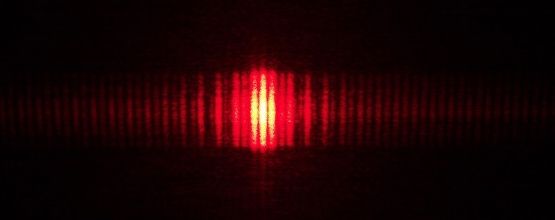
Researchers from Griffith University and the University of Queensland have overcome one of the key challenges to quantum computing by simplifying a complex quantum logic operation. They demonstrated this by experimentally realising a challenging circuit — the quantum Fredkin gate — for the first time.
“The allure of quantum computers is the unparalleled processing power that they provide compared to current technology,” said Dr Raj Patel from Griffith’s Centre for Quantum Dynamics.
“Much like our everyday computer, the brains of a quantum computer consist of chains of logic gates, although quantum logic gates harness quantum phenomena.”
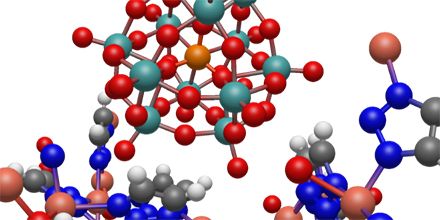
Quicker time to discovery. That’s what scientists focused on quantum chemistry are looking for. According to Bert de Jong, Computational Chemistry, Materials and Climate Group Lead, Computational Research Division, Lawrence Berkeley National Lab (LBNL), “I’m a computational chemist working extensively with experimentalists doing interdisciplinary research. To shorten time to scientific discovery, I need to be able to run simulations at near-real-time, or at least overnight, to drive or guide the next experiments.” Changes must be made in the HPC software used in quantum chemistry research to take advantage of advanced HPC systems to meet the research needs of scientists both today and in the future.
NWChem is a widely used open source software computational chemistry package that includes both quantum chemical and molecular dynamics functionality. The NWChem project started around the mid-1990s, and the code was designed from the beginning to take advantage of parallel computer systems. NWChem is actively developed by a consortium of developers and maintained by the Environmental Molecular Sciences Laboratory (EMSL) located at the Pacific Northwest National Laboratory (PNNL) in Washington State. NWChem aims to provide its users with computational chemistry tools that are scalable both in their ability to treat large scientific computational chemistry problems efficiently, and in their use of available parallel computing resources from high-performance parallel supercomputers to conventional workstation clusters.
“Rapid evolution of the computational hardware also requires significant effort geared toward the modernization of the code to meet current research needs,” states Karol Kowalski, Capability Lead for NWChem Development at PNNL.

A crucial hurdle in the development of ultra-powerful quantum computers has been overcome through the development of the world’s first programmable system that can be scaled.
Researchers at the University of Maryland College Park built a quantum computer module that can be linked to other modules to perform simultaneous quantum algorithms.
“Quantum computers can solve certain problems more efficiently than any possible conventional computer,” states a paper published this week that details the researchers’ findings. “Small quantum algorithms have been demonstrated in multiple quantum computing platforms, many specifically tailored to hardware to implement a particular algorithm or execute a limited number of computational paths.
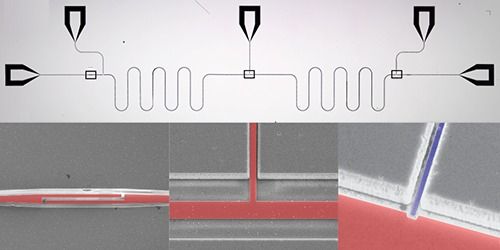
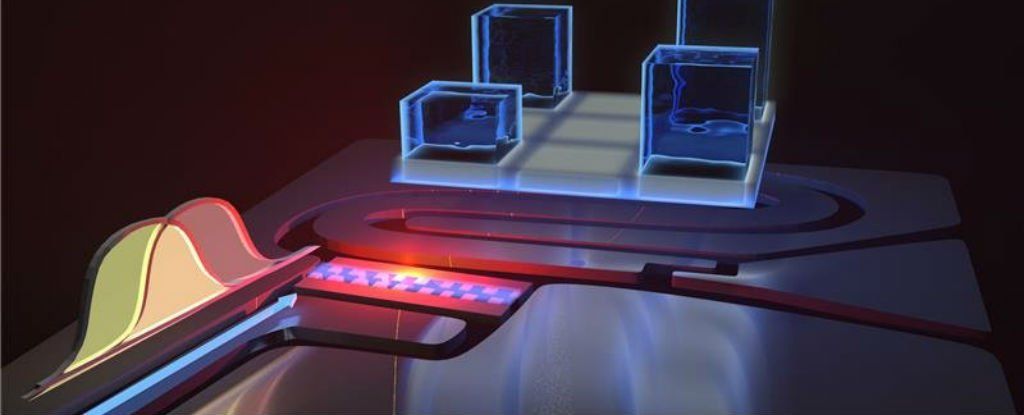
Researchers in Finland have figured out a way to reliably make quantum computers — technology that’s tipped to revolutionise computing in the coming years — even more powerful. And all they had to do was throw common sense out the window.
You’re almost certainly reading this article on a classical computer — which includes all phones, laptops, and tablets — meaning that your computer can only ever do one thing at a time. It reads one bit, then the next bit, then the next bit, and so on. The reading is lightning fast and combines millions or billions or trillions of bits to give you what you want, but the bits are always read and used in order.
So if your computer searches for the solution to a problem, it tries one answer (a particular batch of ones and zeros), checks how far the result is from the goal, tries another answer (a different batch), and repeats. For complicated problems, that process can take an incredibly long time. Sometimes, that’s good. Very clever multiplication secures your bank account, and faster or more efficient equation-solvers put that in jeopardy.
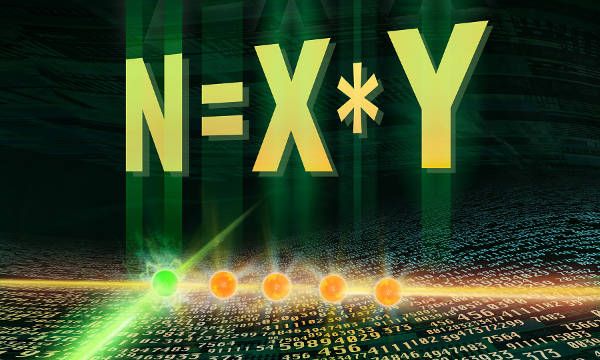
More insights on a more controlled Quantum.
By a News Reporter-Staff News Editor at Physics Week — New research on Physics Research is the subject of a report. According to news reporting from Tokyo, Japan, by VerticalNews editors, the research stated, “A computational method called the local-field response method is proposed, where spins evolve by responding to an effective field consisting of gradually decreasing external fields and spin-spin interactions, similarly to what is carried out in adiabatic quantum computing (AQC). This method is partly quantum-mechanical.”